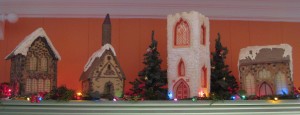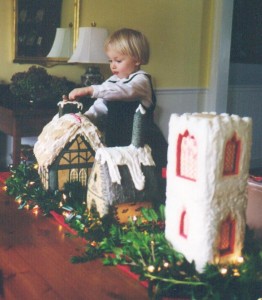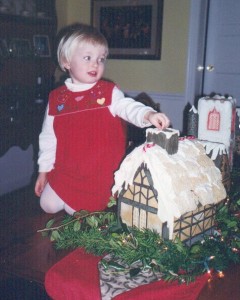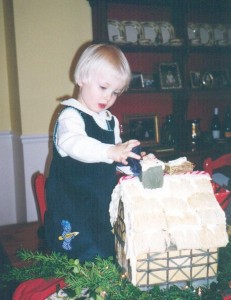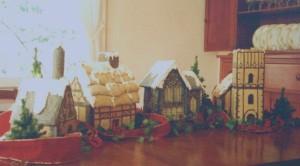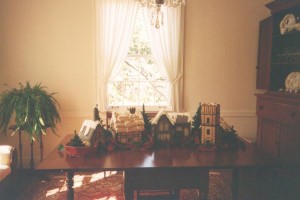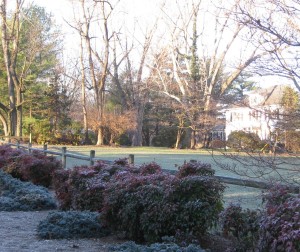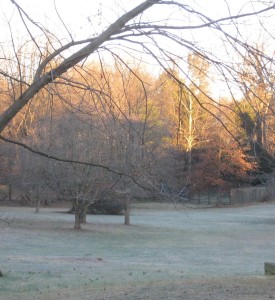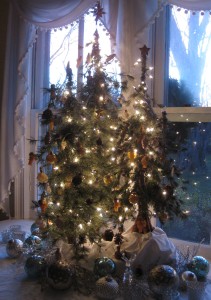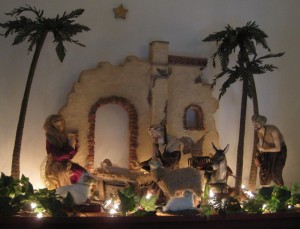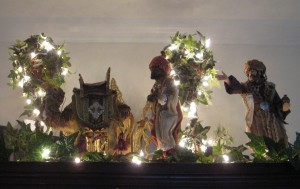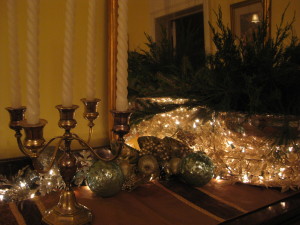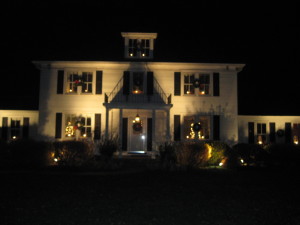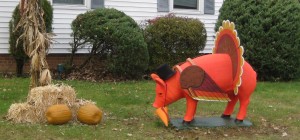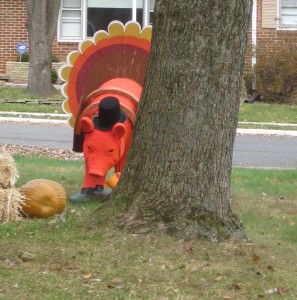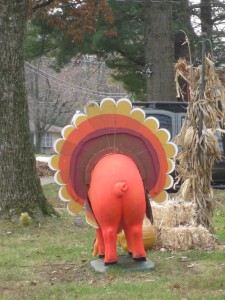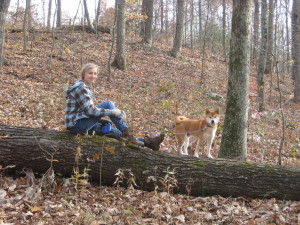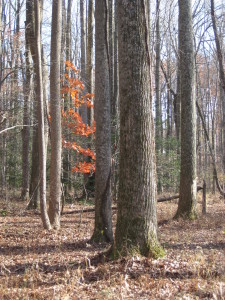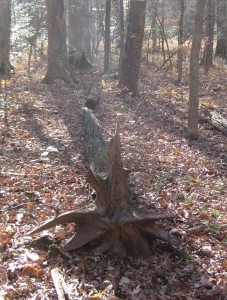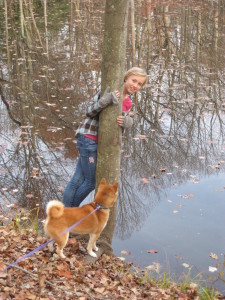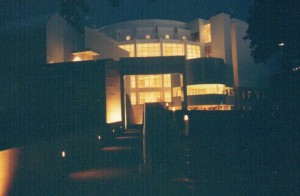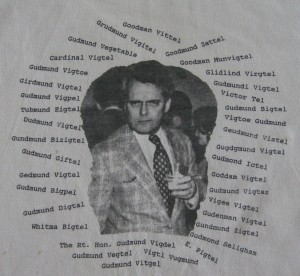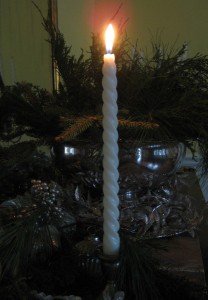 The light shines in the darkness, and the darkness has not overcome it.
The light shines in the darkness, and the darkness has not overcome it.
–Luke 1: 5
As I contemplated a post for Christmas Eve, I realized that the one I wrote last year still expresses my thoughts for the day. I modified the end somewhat, in response to recent tragedies, including that in Newtown, Connecticut.
**************************************************************
Our church’s candlelight Christmas Eve service is one of the highlights of the year. Each person receives a small white candle upon entering. Toward the end of the service, the sanctuary goes dark. The acolytes assist the congregation with the lighting of the individual, hand-held candles. Gradually, while we sing Silent Night, the light grows. By the final verse, the sanctuary is brightly glowing, as each member of the congregation holds high a lighted candle.
The process is a beautiful expression of God’s love. Into the darkness of the world, God sent a light. It appeared dim and insignificant at first. But soon it grew brighter and kindled countless other lights. When we allow the light of God’s gift to come alive within us, we glow. And we, in turn, have the power to spread the light. Our combined light is a mighty force. The darkness will not overcome it.
The source of the light is one baby, born to an unknown young woman and witnessed only by her trusting husband and perhaps the animals of a stable. In an unlikely juxtaposition, a multitude of angels announces the birth not to the ruling elite, but to shepherds in the fields outside of town. (This is nevertheless appropriate, because the baby’s great ancestor David was a shepherd boy when he was hand-picked to be king.) Before long, the birth of the child has attracted the attention of wise men from distant Eastern lands. Led by a singular star, they embark on a long journey to find the humble family. They bow down in awe before the baby and present him with rare and costly gifts.
God’s great gift turns the world upside down, upsets its expected order. There is no room in the comfort of any inn for God’s only son. Angels appear to lowly shepherds, and kings worship a baby. Allowing God’s light to shine within us may lead us to unexpected places. The tidiness of our lives is likely to be overturned. This is the difficulty in letting our inner light shine. Its power may summon us to go where we would rather not venture. It may be more convenient to quench that light, to hide it under a bushel. But knowing that the flame that dwells within us is from God, the light of salvation, ever-present, we can have the courage to go where it wills us.
The darkness of our world may seem impenetrable at times. When innocent children and their caring leaders are massacred on a crisp Friday morning two weeks before Christmas, our world appears almost unimaginably dark. It would seem that God turned his back that day in Newtown, Connecticut. What about the angels some say he sends? Where were they that day? No one, not the most learned theologian or the holiest, most enlightened human, can adequately explain why such terrible things happen. Certainly I can’t. But it helps me to realize that we lack God’s all-seeing perspective. We see through the glass dimly; we can’t grasp the big picture. Maybe God did send angels that day, but they didn’t work as we might expect. Maybe those who died in Newtown were needed elsewhere; maybe they were promoted early to a place of honor and privilege somewhere we might call heaven.
Despite the evil that is abroad in the world, God’s love is stronger. We are never alone; he is with us even in the worst of times. He is there to lead us to the light, out of the depths of despair. On this Christmas Eve, I pray for the light to be kindled and nourished in hearts throughout the world. And I pray that we will have the strength to let the light be our guide.
Do not be afraid; for see—I bring you good news of great joy for all the people: to you is born this day in the city of David a Savior, who is the Messiah, the Lord.
–Luke 2: 10b-11

